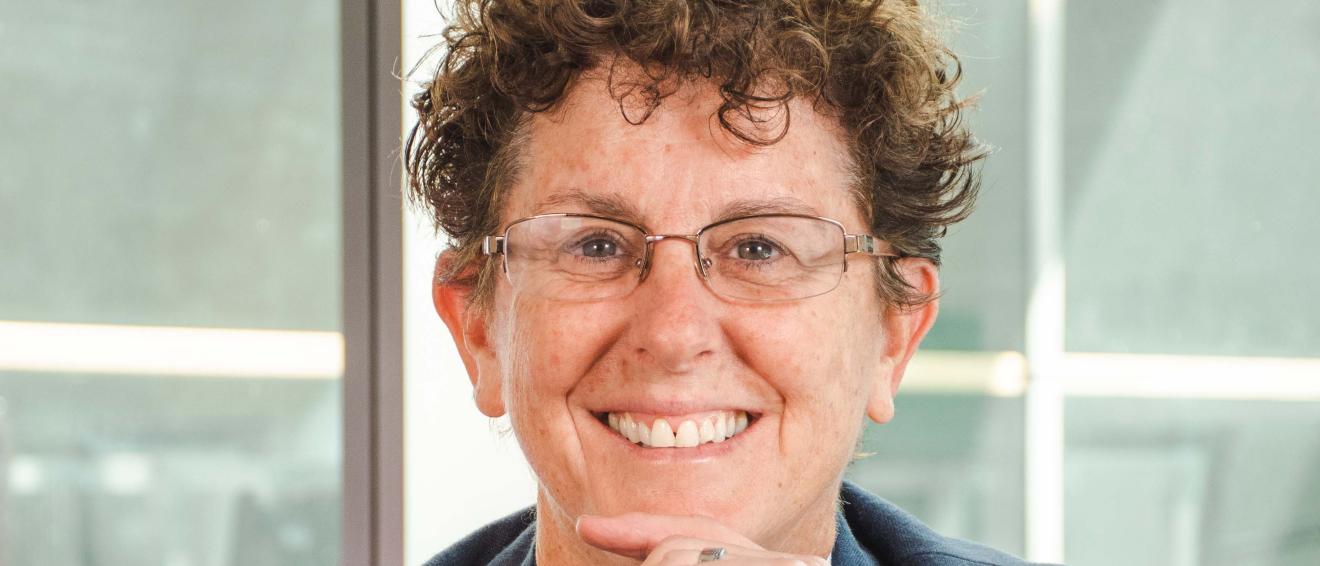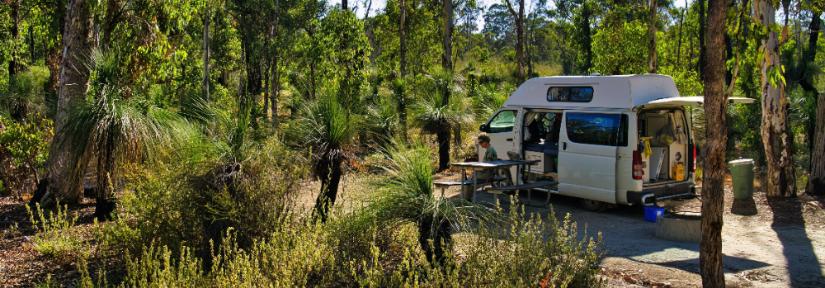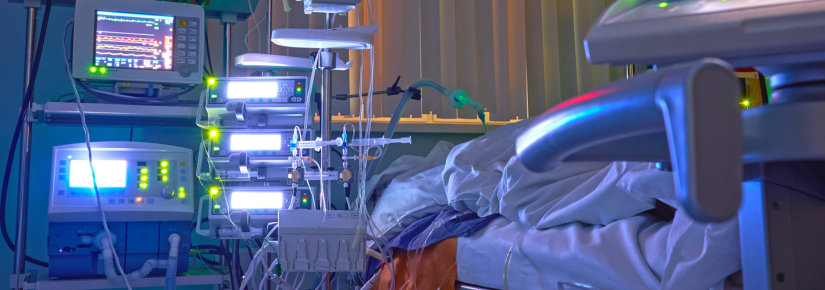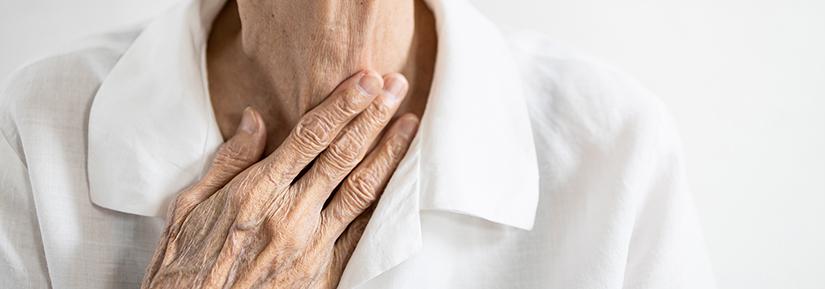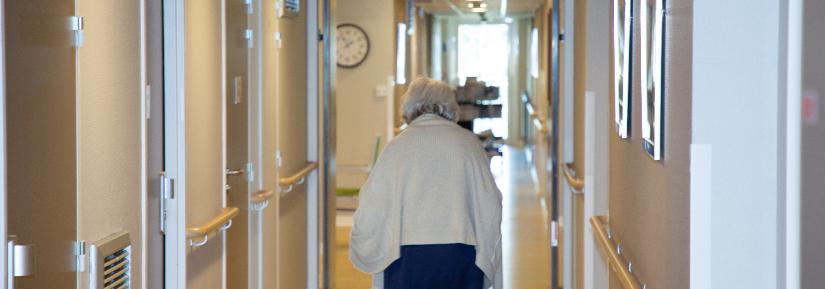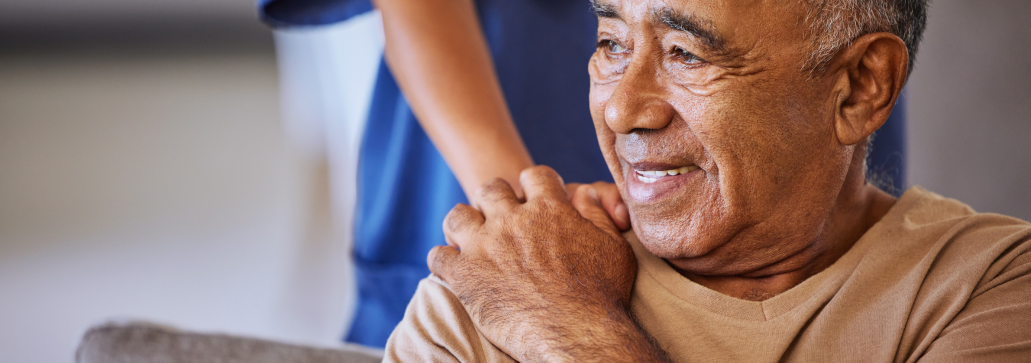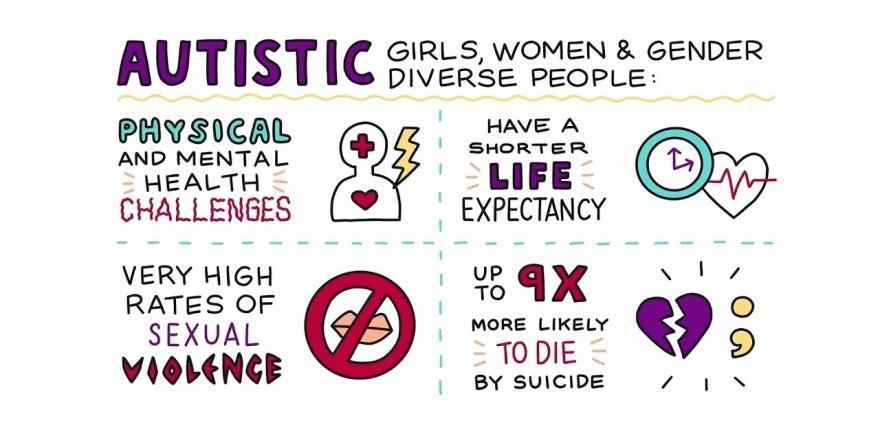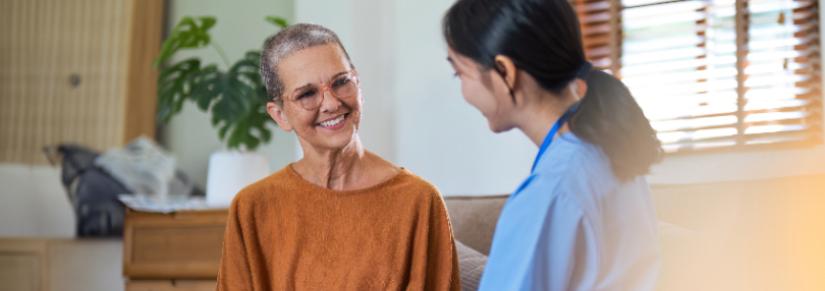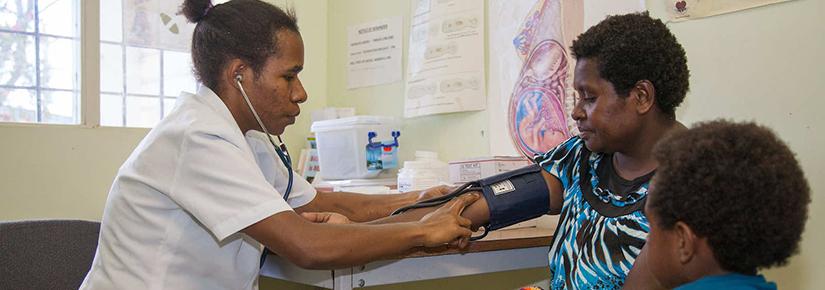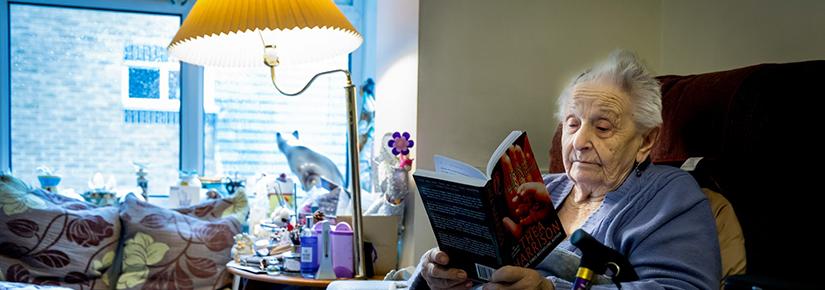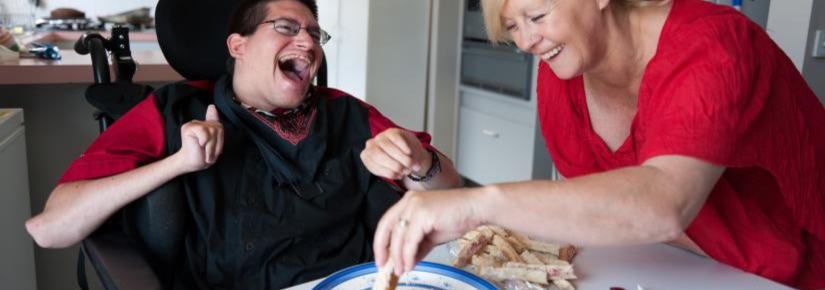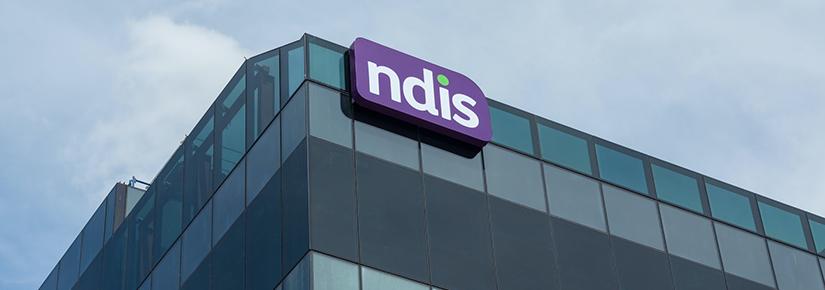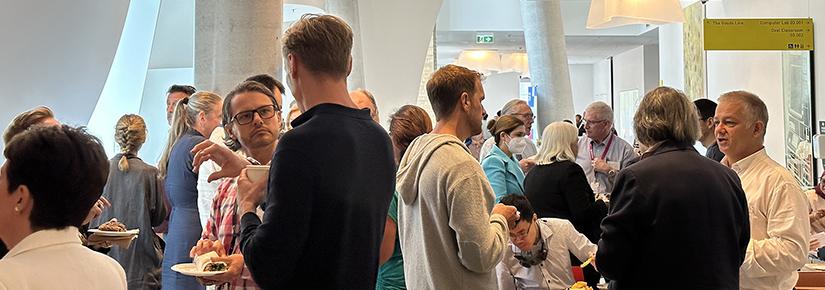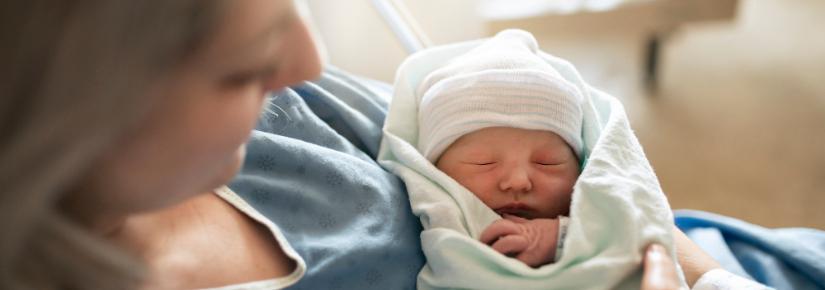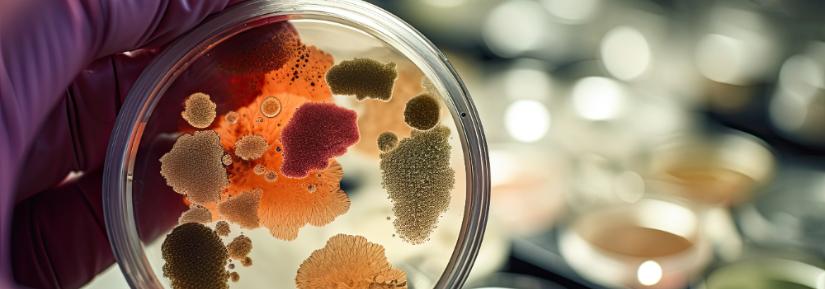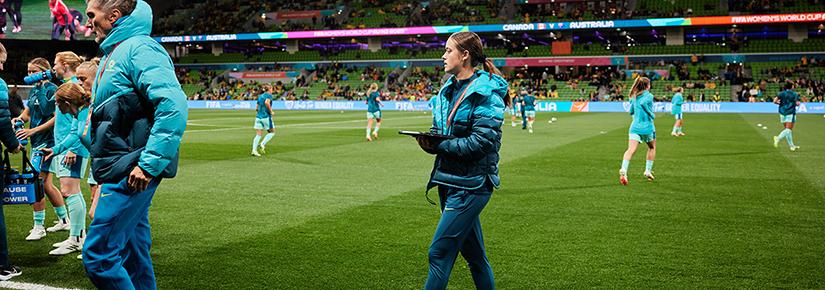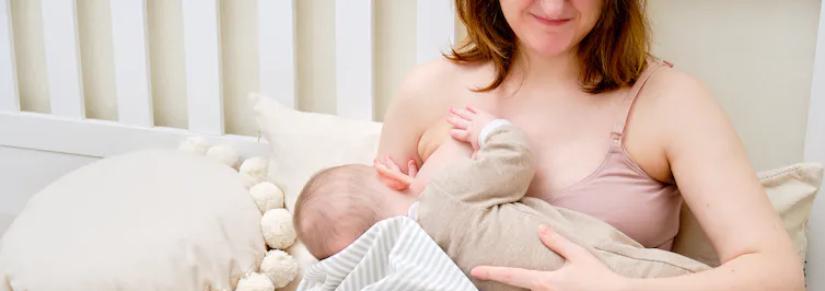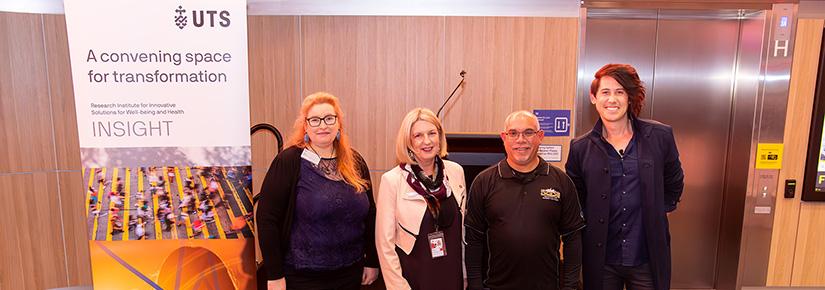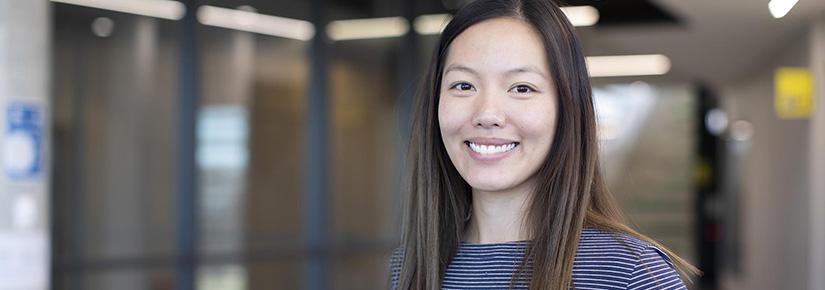- 28 January 2025
- 14 January 2025
- 9 October 2024
- 13 August 2024
- 9 August 2024
- 2 August 2024
- 21 July 2024
- 28 June 2024
- 24 June 2024
- 23 May 2024
- 13 May 2024
- 1 May 2024
- 17 April 2024
- 16 April 2024
- 22 February 2024
- 6 February 2024
- 29 January 2024
- 13 December 2023
- 8 December 2023
- 8 December 2023
- 5 December 2023
- 4 December 2023
- 29 November 2023
- 29 November 2023
- 24 October 2023
- 19 September 2023
- 14 August 2023
- 13 July 2023
- 5 July 2023
- 30 June 2023
Strengthening Nursing Education in Vanuatu
We are thrilled to announce the successful delivery of the Pacific’s first all-nursing Basic Emergency Care (BEC) Provider and Training-of-Trainers (ToT) courses in Port Moresby, Papua New Guinea!
The 2025 FoodWISE Asia Pacific Regional Meeting on Food and Water Security was held at the University of Technology Sydney (UTS) between September 17-19.
A call for nursing integration
Private health insurers have a plan to help take the stress and financial guesswork out of having a baby. But not everyone agrees.
At the Australian Stuttering Research Centre, researchers and clinicians are changing the lives of adults and children who stutter.
Climate change. Pandemics. Overpopulation. In the face of global challenges, a series of combined degree offerings in the Bachelor of Public Health will prepare you to deliver multidisciplinary solutions where they’re needed most.
Parents and researchers are working together to empower families navigating a genetic neuro-developmental diagnosis with balanced and accurate information.
How research into simple home upgrades transformed lives, cut energy bills and reshaped government policy.
Traffic-related air pollution harms the liver and may raise the risk of metabolic-associated fatty liver disease, a new study in mice suggests.
Biomedical engineer Dr Jiao Jiao Li is using the healing powers of stem cells to treat chronic diseases.













